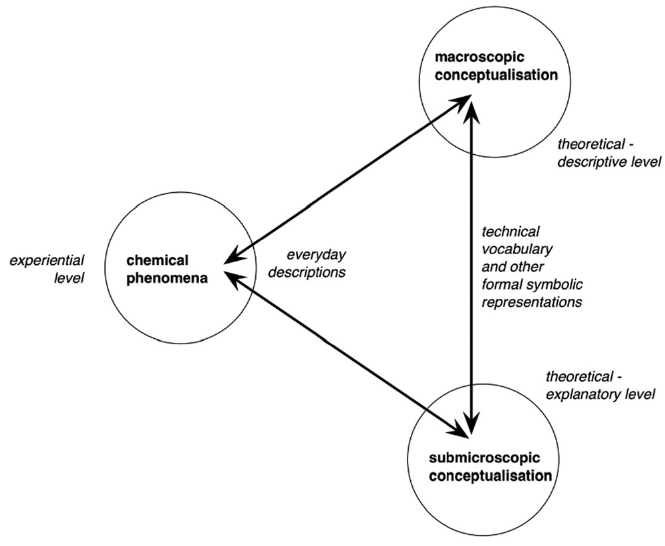Improving the teaching of entropy and the second law of thermodynamics: a systematic review with meta-analysis

Entropy and the second law of thermodynamics have long been identified as difficult concepts to teach in the physical chemistry curriculum. Their highly abstract nature, mathematical complexity and emergent nature underscore the necessity to better link classical thermodynamics and statistical thermodynamics. The objectives of this systematic review are thus to scope the solutions suggested by the literature to improve entropy teaching. ERIC and SCOPUS databases were searched for articles aiming primarily at this objective, generating N = 315 results. N = 91 articles were selected, among which N = 9 reported quantitative experimental data and underwent a meta-analysis, following PRISMA guidelines. Risk of bias was assessed by the standards criteria of What Works Clearinghouse. Results from the qualitative selection show diverse solutions to solve the entropy teaching hurdles, such as connection to everyday life, visualization, mathematics management by demonstrations, games and simulations, criticism and replacement of the disorder metaphor and curriculum assessment. The synthetic meta-analysis results show high but uncertain effect sizes. Implications for teachers and researchers are discussed.
Reference
Natalis, Vincent and Leyh, Bernard, Chem. Educ. Res. Pract., 2024, DOI: 10.1039/D4RP00158C